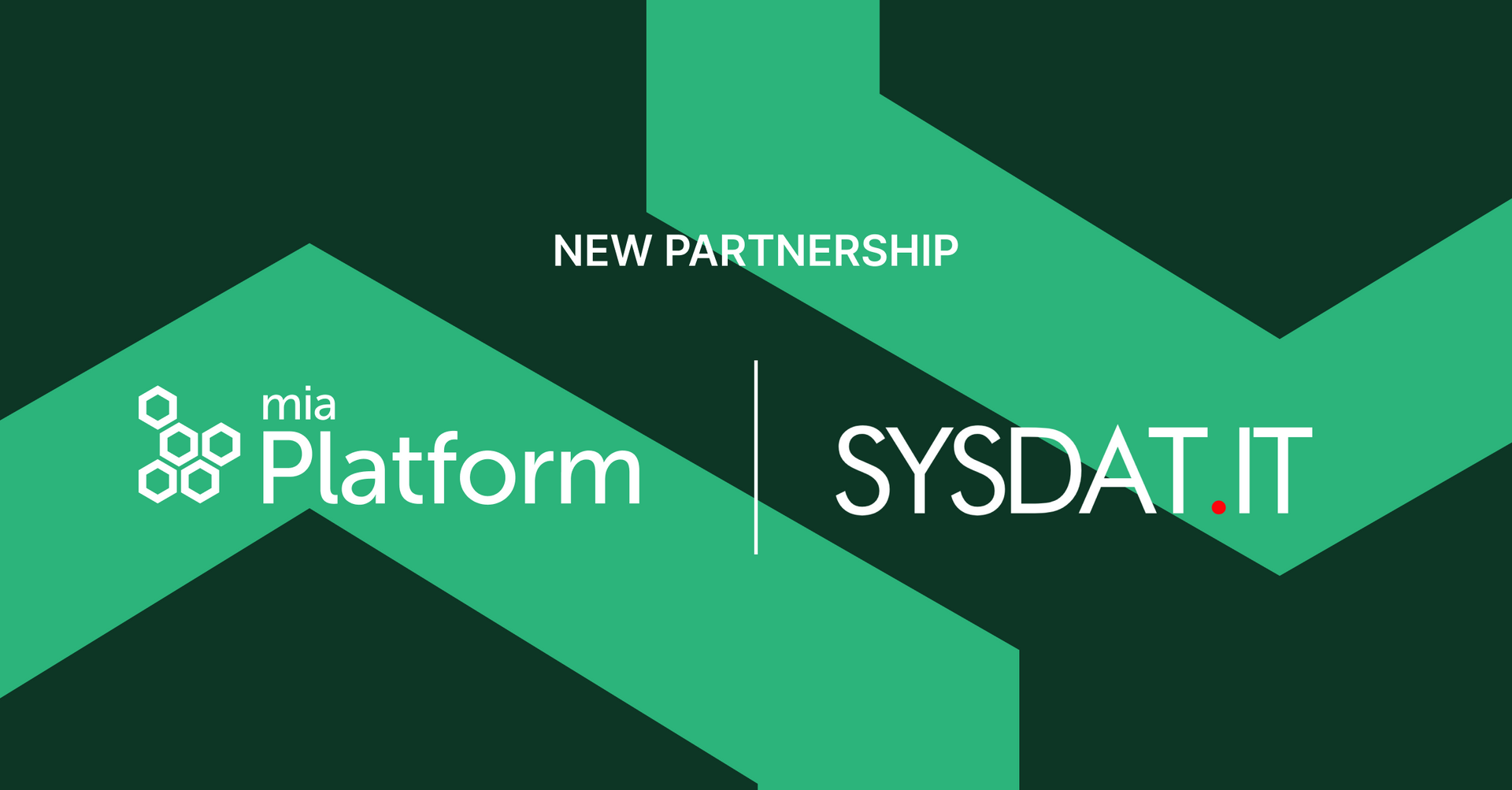8 September 2025
Every day, companies produce a huge amount of data: from management systems to customer interactions, from sales to warehouse activities. But collecting data does not automatically mean using the information effectively . That's why today there is increasing talk of Data & Analytics : a strategic approach that allows you to transform data chaos into clear, useful, and immediately accessible insights. What do we mean by Data & Analytics? We are talking about the ability to: organize and centralize data , avoiding dispersion between disconnected systems; analyze information with advanced tools to identify patterns, trends, and anomalies; share these insights across different teams, fostering a more collaborative and informed approach; act faster, more focused, and more effectively thanks to decisions based on concrete evidence. With technologies such as Microsoft Fabric , these activities can be managed in a unified, scalable, and secure manner, facilitating the entire data lifecycle. Why it is more important than ever In an increasingly competitive and unpredictable environment, the ability to quickly interpret what is happening - inside and outside the company - makes the difference between those who drive change and those who suffer it. Here are some key reasons: We have more data than ever before, but we need tools to read and understand it. Decisions can no longer be based solely on intuition: objective, real-time analysis is needed. The adoption of artificial intelligence requires reliable, well-organized data. Sharing information between teams speeds up processes and improves strategic alignment.















